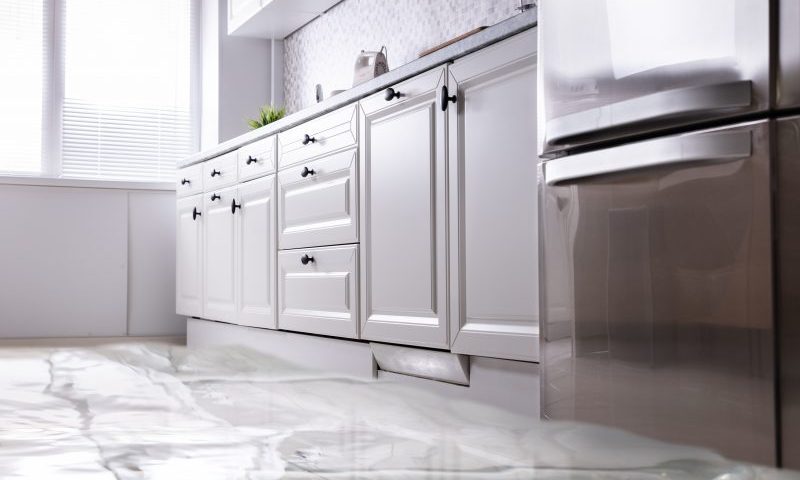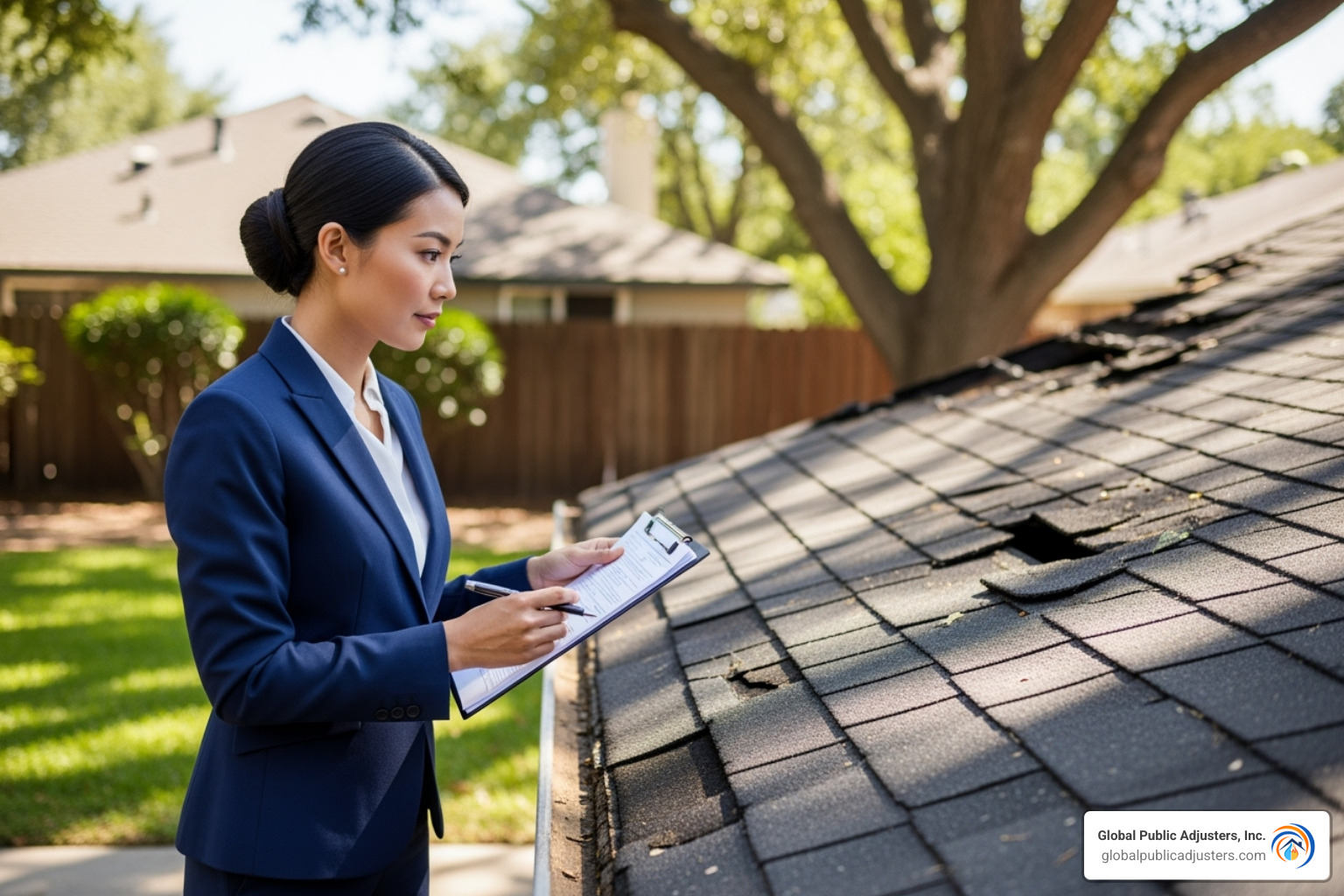In Miami, storms can be extremely intense and damaging. That’s why if your house was recently hit with a storm or hurricane, it’s important to check your home for any damage that may have been caused by flooding. This is the first step you should take following a storm – check for water damage after a storm. It’s one of the most important things you can do as soon as possible so you know how much work needs to be done immediately and what you should wait to fix later on. If you don’t look for water damage in your home right away, mold may start growing and even more expensive repairs could be needed down the line. At Global Public Adjusters Inc, we do a lot more than just assist our clients with obtaining the highest possible settlement for their property damage claims. We also like to inform the public about things you can do and watch for as far as property damage goes in Miami. The idea is to limit future financial strain and damage to your property. In this article, we share some information about three ways to detect water damage in your home after a storm in Miami.
Click here to learn more about our services at Global Public Adjusters Inc.
Check for Water Under the Roof
You’ll want to check your roof if you’re concerned about water damage after a storm. The sound of rain hitting your roof can be extremely loud, so it’s possible that you didn’t even realize there was water leaking inside. It’s important to know this information as soon as possible so you can mitigate any potential damage. If left unchecked, standing water on the roof could cause wood rot and mold problems in your home. Mold will not only ruin the aesthetic appeal but also create an unsafe environment within your home that could impact anyone living there at the time. Standing water should never be left unattended because it has plenty of opportunities to eat away at surrounding materials and cause leaks in other areas of your home.
Trees and Shrubs Can Lead to Water Damage Too
Water damage after a storm doesn’t always come from the sky; water can also infiltrate your home through rivers, streams, or even broken underground pipes. These sources of water are more difficult to find but they’re worth checking into if you’ve recently experienced heavy rain in your area. Flooding is one of the most common results of too much rain (and snow) falling on the ground above Miami’s natural water table, so it’s important to be aware of unforeseen risks like this before another storm rolls around. You may notice standing water, soggy soil, or trees either leaning towards or away from your residence – all good signs that there may be an underground leak somewhere along your property line. Once you’re aware of a potential underground leak, call an expert immediately to assess and repair any damage before it becomes worse and more costly in the future.
Search for Leaks and Affected Areas
The final step we want to share is one of Miami’s best-kept secrets when it comes to water damage after a storm: AC leaks. Leaking air conditioning units can cause significant damage to your home, but they’re easily overlooked by most homeowners who don’t expect their A/C system to spill any water at all. If you find that your A/C unit has sprung a leak or is otherwise damaged during your search for water damage in Miami, contact a service provider immediately so they can fix the problem before mold growth sets in. They’ll also help you assess the damage to your home for mold if any of it is present.
These are just three ways to detect water damage in your home after a storm in Miami. To learn more about different types of property damage and how a public adjuster can help you get a settlement or have a denied claim reversed, we encourage you to get in touch with our team at Global Public Adjusters Inc today.



